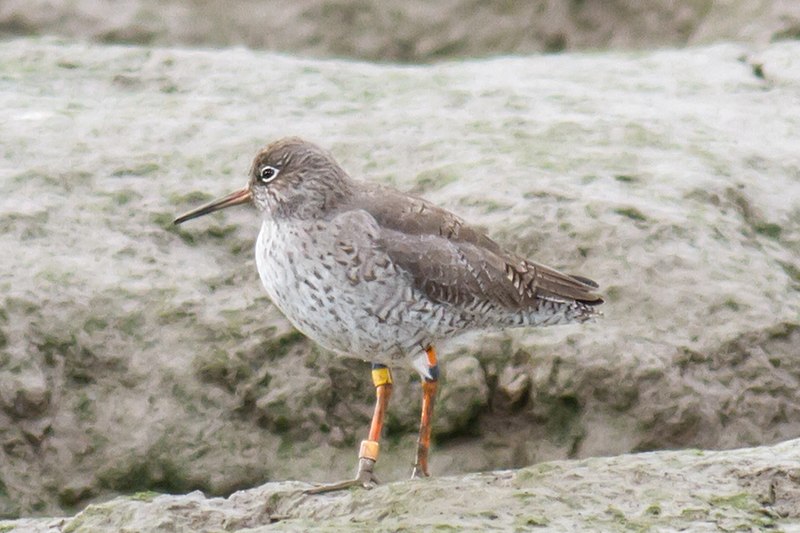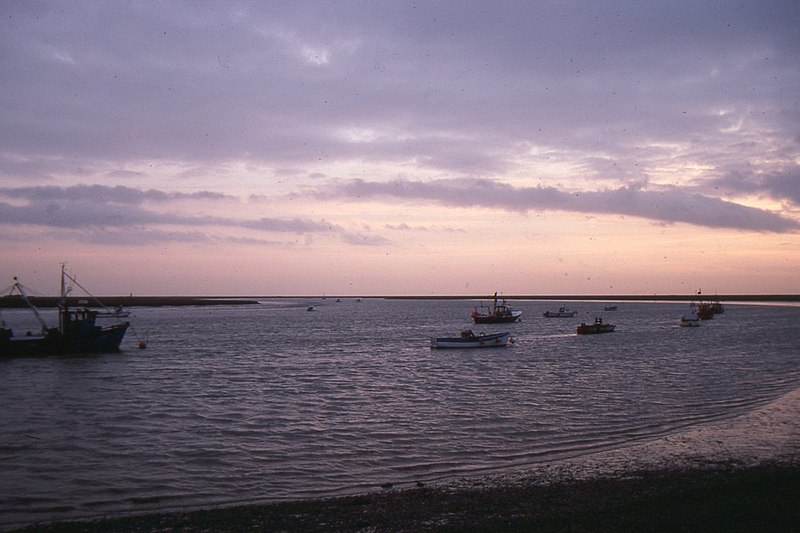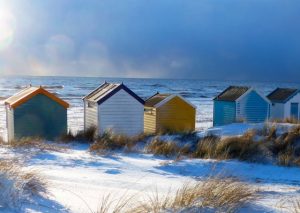
Throughout the spring and summer, avocets and terns breed prolifically at RSPB Havergate Island. During the autumn and winter, the refuge provides protection for a myriad of waterfowl and wading birds. Wading birds and ducks return to the island every year during autumn and winter to seek safety. Havergate Island boasts five wonderful hides with viewing screens where visitors can watch the magnificent birds going about their day. Walkers will love this site, as a trail runs through the entire island, allowing you to see as much as possible. Taking a boat to the island contributes to the excitement of your day out and allows you to really get away from it all and be immersed in nature.
Seasonal Highlights
During the spring, Havergate Island provides a mix of experiences. The air is filled with songs from all the bird species as competition to attract mates and establish territories is the priority. The summer months bring the young birds leaving their nests for the first time, and massive flocks can be seen migrating in the Autumn to find more suitable conditions. When winter comes around, massive flocks of all kinds of bird species gather on Havergate Island to form large roosts for warmth so they can feed.
Hare activity is greatest in early spring on the islands. Ducks and wading birds can be seen nesting in the lagoons, while the saltmarshes turn pink with flowering thrift. Common terns, a few sandwich terns included, come back here to breed.
Wheatears are prevalent in the shingle and paths when the summer season turns, and many grassland butterflies, including meadow browns, small coppers, and gatekeepers, are easy to find during this time.
During the autumn months, sea aster flowers bloom in the saltmarshes, attracting an increase in the number of winter wildfowl. Wading birds, including spotted redshanks, traverse the marshes when they migrate, and voles and mice are frequently hunted by short-eared owls.
At the peak of winter, seals often lounge by the river, and hunting birds are seen looking for prey, while the numbers of pintail, wigeon, and teal peak increase.

How to Get to Havergate Island
Visitors can only access Havergate Island by means of the RSPB boat. AT 10 in the morning every Saturday, the boat leaves Orford Quay, and only twelve people can board, so it is advised that you book well in advance. After twenty minutes of sailing, visitors arrive on the island and have three hours to explore all it has to offer. Additionally, RSPB Havergate Island hosts several weekend events throughout the year, when several boat trips take interested visitors to the island.
Get in touch with RSPB Havergate Island by contacting 01767 680551.
If you are travelling by train, start your journey at Wickham Market Station. Take the B1078 from the Wickham Market Station and continue to the B1084. Take a left turn to go through Orford. The bus route that takes you to Havergate Island is Route 160, leading from Bealings to Orford.
By car, you can access the Island by boat located at Orford Quay. Orford is set approximately 17 kilometres outside of Woodbridge on the northeast side. You will find signposts alongside the A12. The paths leading to Orford Quay are, unfortunately, not wheelchair accessible.

To learn more about the surrounding area, see our guide to Orford, and for more wonderful birdwatching sites, see Birdwatching in Suffolk.
